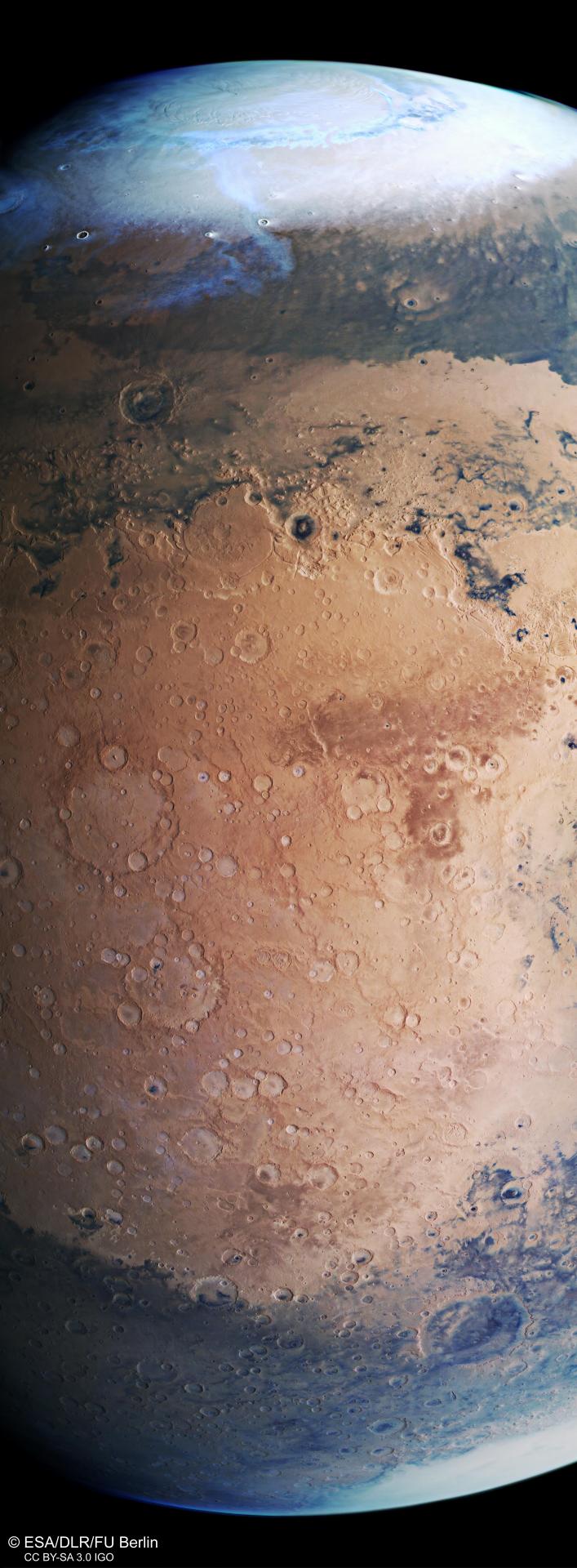WR 25 & Tr16-244 In Carina Nebula © Hubble

WR 25 & Tr16-244 in Carina Nebula © Hubble
More Posts from Ad-astra-affecte-spe and Others
NATIVE CARBON DIOXIDE FOUND ON JUPITER’S MOON EUROPA


The dancer in Dorado
800 megapixel
Clearest photo of a galaxy you will ever see!

The first simulated image of a black hole was calculated with an IBM 7040 computer using 1960 punch cards and hand-plotted by French astrophysicist Jean-Pierre Luminet in 1978.

Did Betelgeuse Swallow a Binary Partner ?
The star hit the news back in late 2019 when it suddenly dimmed in an event known as the great dimming, and since there's been a lot of papers and theories to what really happened.

At the time, there was talk of supernova from a minority, while most astronomers reserved judgement on this, which turned out to be the right call, although even they had to admit bafflement at why this star suddenly become so dim.
Since, then the prevailing and mostly accepted theory is that the star ejected a huge amount of material which included carbon and thus concealed parts of the star, causing the dimming.

A new paper from Department of Physics and Astronomy at Louisiana State University has looked at another idea, that at some point in the recent past the star had consumed a binary partner.
While the study can only make suggestions at this point, some of the observed facts about Betelgeuse certainly fit the bill. The star spins very quickly for an old supersized red giant, even faster than our own sun, and the team believe a past consumption may have transferred energy to the star, accounting for this spin rate.
The next thing was that the super giant star didn't just dim, it rebounded and actually brightened considerably too. These events of material coming to the surface and briefly causing a brightening effect are predicted through models of this occurrence.
The star is not likely to go supernova anytime soon, but I would put bets on the likelihood of the star surprising us once again in the coming decades.


The red planet. Presidential design awards 2000.
Internet Archive

shit man this got me emotional

Mars, as seen by ESA's Mars Express satellite

The original Voyager 1 "Blue Movie" which records its approach during a period of over 60 Jupiter days (January 6 - February 3, 1979)
-
 acedragontype liked this · 3 weeks ago
acedragontype liked this · 3 weeks ago -
 leethality liked this · 3 weeks ago
leethality liked this · 3 weeks ago -
 silveryuusage liked this · 3 weeks ago
silveryuusage liked this · 3 weeks ago -
 tj-dragonblade reblogged this · 3 weeks ago
tj-dragonblade reblogged this · 3 weeks ago -
 tj-dragonblade liked this · 3 weeks ago
tj-dragonblade liked this · 3 weeks ago -
 zigzag-wanderer reblogged this · 3 weeks ago
zigzag-wanderer reblogged this · 3 weeks ago -
 zigzag-wanderer liked this · 3 weeks ago
zigzag-wanderer liked this · 3 weeks ago -
 pikasmallworld reblogged this · 3 months ago
pikasmallworld reblogged this · 3 months ago -
 ihatecat434 liked this · 3 months ago
ihatecat434 liked this · 3 months ago -
 control-alt-gay liked this · 3 months ago
control-alt-gay liked this · 3 months ago -
 lil-warri0r reblogged this · 3 months ago
lil-warri0r reblogged this · 3 months ago -
 6thsensical liked this · 3 months ago
6thsensical liked this · 3 months ago -
 homoprince reblogged this · 3 months ago
homoprince reblogged this · 3 months ago -
 shadowedconfidence liked this · 3 months ago
shadowedconfidence liked this · 3 months ago -
 kkorechika reblogged this · 3 months ago
kkorechika reblogged this · 3 months ago -
 dorkfountain reblogged this · 3 months ago
dorkfountain reblogged this · 3 months ago -
 mobilesuitmushroom reblogged this · 3 months ago
mobilesuitmushroom reblogged this · 3 months ago -
 mobilesuitmushroom liked this · 3 months ago
mobilesuitmushroom liked this · 3 months ago -
 geehoneybee reblogged this · 3 months ago
geehoneybee reblogged this · 3 months ago -
 silberpilz liked this · 3 months ago
silberpilz liked this · 3 months ago -
 almostgroovydelusion liked this · 3 months ago
almostgroovydelusion liked this · 3 months ago -
 janus-slutweed reblogged this · 3 months ago
janus-slutweed reblogged this · 3 months ago -
 janus-slutweed liked this · 3 months ago
janus-slutweed liked this · 3 months ago -
 subpixie420 reblogged this · 3 months ago
subpixie420 reblogged this · 3 months ago -
 subpixie420 liked this · 3 months ago
subpixie420 liked this · 3 months ago -
 alaskanskald liked this · 3 months ago
alaskanskald liked this · 3 months ago -
 hands-on-buzzers liked this · 3 months ago
hands-on-buzzers liked this · 3 months ago -
 yourdadsghoulfriend reblogged this · 3 months ago
yourdadsghoulfriend reblogged this · 3 months ago -
 unfrostedstrawberrypoptart liked this · 4 months ago
unfrostedstrawberrypoptart liked this · 4 months ago -
 peeled-tangerine reblogged this · 4 months ago
peeled-tangerine reblogged this · 4 months ago -
 peeled-tangerine liked this · 4 months ago
peeled-tangerine liked this · 4 months ago -
 puppytizm liked this · 4 months ago
puppytizm liked this · 4 months ago -
 sourbottlebaby liked this · 4 months ago
sourbottlebaby liked this · 4 months ago -
 jasper-dreams reblogged this · 4 months ago
jasper-dreams reblogged this · 4 months ago -
 jasper-dreams liked this · 4 months ago
jasper-dreams liked this · 4 months ago -
 knightlycrow liked this · 4 months ago
knightlycrow liked this · 4 months ago -
 amvs reblogged this · 4 months ago
amvs reblogged this · 4 months ago -
 froggychan reblogged this · 4 months ago
froggychan reblogged this · 4 months ago -
 outer-space-and-chekov reblogged this · 4 months ago
outer-space-and-chekov reblogged this · 4 months ago -
 alogiae reblogged this · 5 months ago
alogiae reblogged this · 5 months ago -
 sundayhardcorematinee liked this · 5 months ago
sundayhardcorematinee liked this · 5 months ago -
 vistadreams reblogged this · 5 months ago
vistadreams reblogged this · 5 months ago -
 skee-dizzle reblogged this · 6 months ago
skee-dizzle reblogged this · 6 months ago -
 xcxsz reblogged this · 6 months ago
xcxsz reblogged this · 6 months ago -
 slumsaintt reblogged this · 6 months ago
slumsaintt reblogged this · 6 months ago -
 bluebellecampbell liked this · 6 months ago
bluebellecampbell liked this · 6 months ago -
 shadow-waterglow liked this · 6 months ago
shadow-waterglow liked this · 6 months ago -
 companion-to-owls liked this · 6 months ago
companion-to-owls liked this · 6 months ago

★•Astronomy, Physics, and Aerospace•★ Original and Reblogged Content curated by a NASA Solar System Ambassador
204 posts

